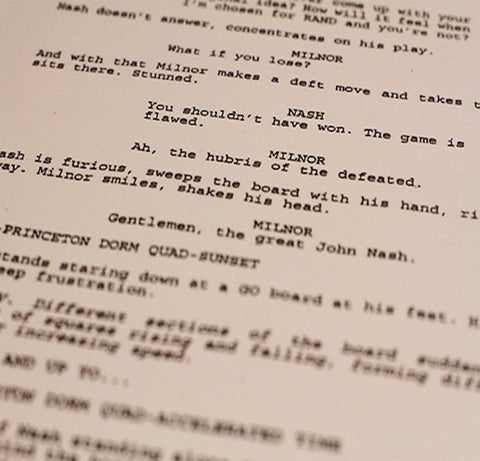
Paradigm
In previous articles we talked about Genre and Sub-Genre. Now let’s get a little more specific and discuss Paradigm. Like genre, a project’s paradigm is an effort to figure out the “what this is” of the story/movie. However, paradigm touches on whether or not a project fits with a common type of set-ups within a genre. Note that the paradigm can refer to the project’s creative side, the commercial side, or both.
For example, thrillers are a genre. But among thrillers, there are movies that might be called “On-the-Run” thrillers. That is, a thriller in which our protagonist is hunted and on the run, can’t turn to law enforcement or society for help, and has to turn the tables on the bad guys and prove their innocence. The Fugitive is the gold standard for On-the-Run thrillers, but there are tons of examples; we can go back to Hitchcock films like The 39 Steps and North by Northwest.
A paradigm might be established by a movie that’s so high-concept that it becomes its own pitch. As an example, for a long time the go-to paradigm for action projects was the “Die Hard in a…” script. For example: “Die Hard on a ship?” Under Siege. “Die Hard on a train?” Under Siege II: Dark Territory. “Die Hard at a hockey game?” Sudden Death. And so on… When I was a development executive, I read a million of these things.
By plugging the project into a paradigm, we understand what is being pitched. In the case of the “Die Hard in a…” script, we immediately know this will be a contained action project in which our protagonist has to sneak around and beat up a gang of villains before XYZ bad thing happens.
The value of the paradigm is three-fold: it becomes a shorthand for the pitch; it gives the producers clear comparables to run; it shapes the storytelling.
By way of another example, we have recently seen several projects modeled off the high-concept from Groundhog’s Day: Happy Death Day, Boss Level, Source Code, and so on. The pitch/paradigm becomes “ Groundhog’s Day with a…”
Some paradigms are recognizable, but almost purely colloquial. For example, there is a paradigm that might be called the “Sad Man movie.” This is a drama or dramedy in which our protagonist loses everything (or similar tough situation) and is sad for a while but then learns a lesson and turns things around. Examples include The Weatherman, Everything Must Go, and Dan in Real Life.
Note that the Sad Man is in the same tonal/conceptual area code as the Man Weepie (The Judge, The Upside, Good Will Hunting), but while all Sad Man movies are Man Weepies, not all Man Weepies are Sad Man movies.
There are many paradigms, in every genre. You can probably figure out a film’s paradigm by looking at titles it has in common. A clear paradigm not only gives your script a solid foundation, it presents a jumping-off point for the pitch.




